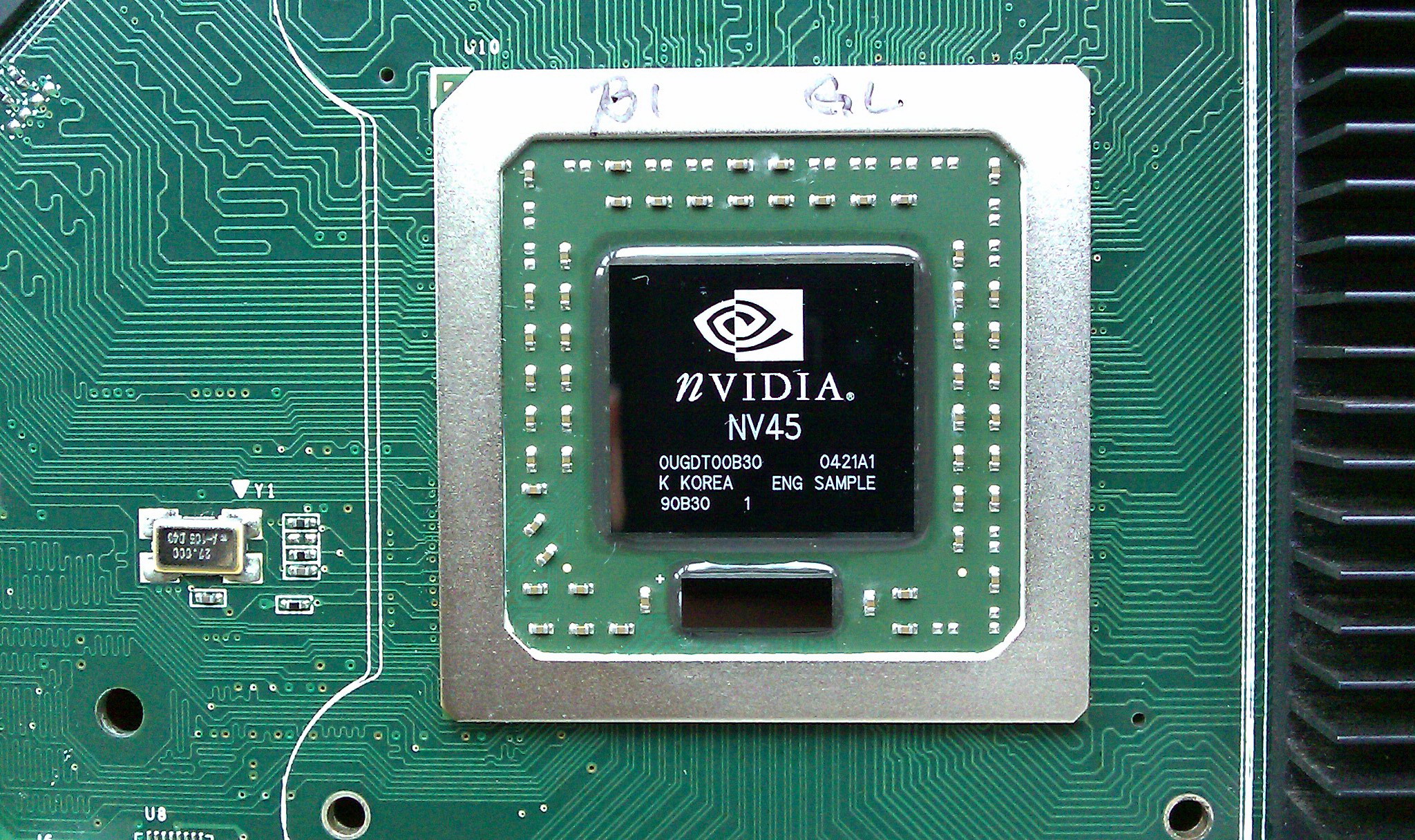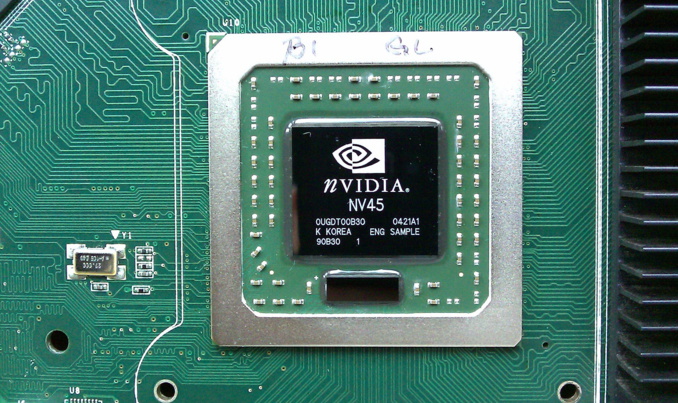The latest data on market shares, collected by Jon Peddie Research, show that AMD manages to maintain its advantage, reports Motley Fool. In the second quarter, the company controlled 29.4% of the market for discrete graphics processors. This is slightly lower than in the same period last year (30.8%), but higher than in the first quarter (27.5%).
Obviously, the scale tends to favor AMD - for the quarter the company managed to increase the market share by 2%. But will such dynamics continue in the future, or will NVIDIA seize the initiative? Let's try to answer this question.
In mid-August, the company from Sunnyvale released a new line of GPU Vega. The model Radeon RX Vega 64 will cost $ 499, Radeon RX Vega 56 - $ 399. The price seems to be fully justified, given that they are designed to compete with the NVIDIA GTX 1080 and GTX 1070, respectively. The RX Vega 64 is the same as the GTX 1080, and the RX Vega 56 is cheaper than the GTX 1070 for as much as $ 100. Thus, AMD adheres to a proven strategy, giving consumers the same performance at a lower price.
Yet, success of the Vega line is far from guaranteed, because the hardware is somehow inferior to products from NVIDIA. For example, AMD's new video cards consume more power than their counterparts from NVIDIA. Not only this increases heat generation, but also electricity costs go up. In addition, their performance hardly exceeds that of NVIDIA cards. Independent tests conducted by AnandTech magazine showed that Vega 56 is only 8% faster than GTX 1070, while Vega 64 corresponds to the GPU's power from NVIDIA. The advantage becomes even smaller if we take into account the energy consumption.
However, AMD can rely on demand from consumers, focused exclusively on cost and performance. More affordable Vega 56 is expected to enjoy particular attention, as they are almost as powerful as NVIDIA cards, but are cheaper at the same time.
The problem is that the GTX 1070, at which AMD’s Vega 56 is aimed, was released more than a year ago. During this time, NVIDIA updated its GPU line and introduced more powerful cards, such as GTX 1080 Ti and Titan Xp. For the rest of the year, they can pull consumers' demand in favor of NVIDIA products.
This year NVIDIA's market share did not increase, despite the launch of new GPUs in March and April. Perhaps consumers were just waiting for the new Vega line from AMD, counting on its high power and affordable price, but their hopes were not to come true. The new Vega cards are able to compete only with the old NVIDIA as the updated GTX 1080 Ti is 35% faster than the GTX 1080. The NVIDIA GTX 1080 Ti costs $ 699 - comparable to the RX Vega 64 with liquid cooling. However, the graphics card AMD consumes one third more electricity than the GTX 1080 Ti, and lags behind it in performance. Consequently, consumers may prefer the latest GPUs from NVIDIA, as they are more profitable considering current costs.
It turns out that AMD missed its opportunity: the long-awaited Vega cards at best will compete with the older generation of GPUs from NVIDIA. In addition, the company from Santa Clara can increase its technological gap from AMD by launching the next-generation architecture called Volta. According to rumors, NVIDIA will begin mass production of new video cards at the end of this year, and they will go to the store shelves in early 2018.
NVIDIA will enter 2018 with impressive developments, and performance-oriented consumers, most likely, will prefer its products. This should increase the company's sales by the end of the year, since top-end systems account for 43% of the PC market. At the same time, a new generation of graphics processors will allow NVIDIA to take part of the market away from AMD.
source: fool.com
Obviously, the scale tends to favor AMD - for the quarter the company managed to increase the market share by 2%. But will such dynamics continue in the future, or will NVIDIA seize the initiative? Let's try to answer this question.
In mid-August, the company from Sunnyvale released a new line of GPU Vega. The model Radeon RX Vega 64 will cost $ 499, Radeon RX Vega 56 - $ 399. The price seems to be fully justified, given that they are designed to compete with the NVIDIA GTX 1080 and GTX 1070, respectively. The RX Vega 64 is the same as the GTX 1080, and the RX Vega 56 is cheaper than the GTX 1070 for as much as $ 100. Thus, AMD adheres to a proven strategy, giving consumers the same performance at a lower price.
Yet, success of the Vega line is far from guaranteed, because the hardware is somehow inferior to products from NVIDIA. For example, AMD's new video cards consume more power than their counterparts from NVIDIA. Not only this increases heat generation, but also electricity costs go up. In addition, their performance hardly exceeds that of NVIDIA cards. Independent tests conducted by AnandTech magazine showed that Vega 56 is only 8% faster than GTX 1070, while Vega 64 corresponds to the GPU's power from NVIDIA. The advantage becomes even smaller if we take into account the energy consumption.
However, AMD can rely on demand from consumers, focused exclusively on cost and performance. More affordable Vega 56 is expected to enjoy particular attention, as they are almost as powerful as NVIDIA cards, but are cheaper at the same time.
The problem is that the GTX 1070, at which AMD’s Vega 56 is aimed, was released more than a year ago. During this time, NVIDIA updated its GPU line and introduced more powerful cards, such as GTX 1080 Ti and Titan Xp. For the rest of the year, they can pull consumers' demand in favor of NVIDIA products.
This year NVIDIA's market share did not increase, despite the launch of new GPUs in March and April. Perhaps consumers were just waiting for the new Vega line from AMD, counting on its high power and affordable price, but their hopes were not to come true. The new Vega cards are able to compete only with the old NVIDIA as the updated GTX 1080 Ti is 35% faster than the GTX 1080. The NVIDIA GTX 1080 Ti costs $ 699 - comparable to the RX Vega 64 with liquid cooling. However, the graphics card AMD consumes one third more electricity than the GTX 1080 Ti, and lags behind it in performance. Consequently, consumers may prefer the latest GPUs from NVIDIA, as they are more profitable considering current costs.
It turns out that AMD missed its opportunity: the long-awaited Vega cards at best will compete with the older generation of GPUs from NVIDIA. In addition, the company from Santa Clara can increase its technological gap from AMD by launching the next-generation architecture called Volta. According to rumors, NVIDIA will begin mass production of new video cards at the end of this year, and they will go to the store shelves in early 2018.
NVIDIA will enter 2018 with impressive developments, and performance-oriented consumers, most likely, will prefer its products. This should increase the company's sales by the end of the year, since top-end systems account for 43% of the PC market. At the same time, a new generation of graphics processors will allow NVIDIA to take part of the market away from AMD.
source: fool.com



















